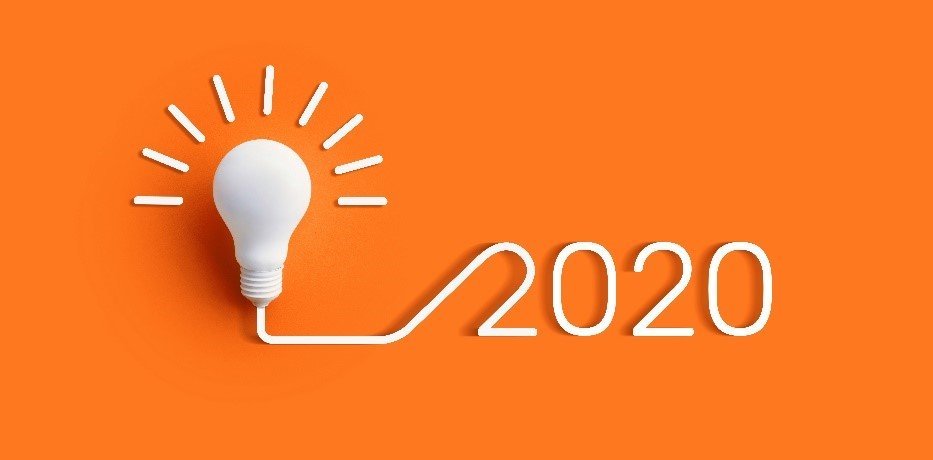• It costs up to 25X more to acquire a new customer than to retain an existing one.
• Improving customer retention by just 5% can send profits soaring up to 95%.
• Loyal customers are 5X more likely to repurchase, 4x as likely to refer and 7x as likely to try a new offering.
With figures like these, it’s no surprise customer retention is a primary business objective, and the stakes are extremely high. Two-thirds of customers are willing to switch brands over a poor customer experience.
It’s no wonder, then, that customer experience is a top strategic priority for driving growth in 2020. The problem is, most companies are ill-prepared to execute on that strategy. While some 87% of senior business leaders say CX is a top growth engine, only one in three feel prepared to address it.
What’s holding them back? Poor data. Customer feedback is notoriously difficult to collect, pinpoint, and track, which makes it difficult to accurately measure customer sentiment, understand issues, and make corrections to drive appreciable improvement.
So, what’s the solution? It’s certainly not burdening customers with more of the same lengthy, generic surveys. If the data companies are producing now isn’t working to reduce churn, the solution isn’t more data–it’s better data with more insights in less time. Here’s how to get it:
-
Make it quick.
Customers are busy. If they feel it’s going to take too much effort to provide feedback, they simply won’t. Keep your feedback requests short and sweet: a quick 1-5 overall experience rating and a few easy-to-choose attributes will provide the specifics you need without burdening your customers with a lengthy survey.
-
Be immediate.
Send feedback requests immediately after an interaction and over an immediate channel: mobile devices. By sending quick surveys via SMS as soon customers leave your store or complete a transaction, the experience will be fresh in their minds, resulting in higher response rates and more accurate feedback.
-
Tie experiences to specific employees.
Give your customers the opportunity to name the specific employee they dealt with—or better yet, include that information in your request for feedback, so the customer can rate and describe the specific person who helped them. By tying the customer experience to the specific employee, you will get measurable, actionable data on each customer-facing employee. By connecting this to internal talent management systems and performance reviews, you can also set goals to improve CX at the individual employee level.
-
Identify employees who impress customers.
By capturing employee-specific customer experiences, you can clearly identify who interfaces well with customers and who needs training. Without this data, you’re operating on the assumption that no news is good news; i.e., no customer complaints means an employee interacts well with customers. This leaves you in the dark about problematic patterns until they manifest as major complaints or lost business. By tracking CX performance with hard data for each employee, you can correct these patterns before they become full-blown problems and reinforce behaviors linked to higher customer ratings.
-
Reward performance.
We hear about customer complaints all the time, but rarely do we hear about an employee doing a great job or going above and beyond to deliver superior service. CX isn’t just about how you correct problems– it’s also a function of how you encourage excellence. With an effective customer feedback program that ties CX to specific employees, outstanding performers can be formally recognized and rewarded for their impact.
-
Monitor trends vs. isolated incidents.
When customers report a bad experience, it can be difficult to determine whether their experience was an isolated incident, or if they’re a particularly difficult customer, or if their experience is indicative of a larger problematic trend. By tracking customer feedback as measurable data, companies can get a clearer picture of what’s happening at the point of every employee/customer interaction. This keeps you from catastrophizing one-off experiences and helps you focus on consistent issues.
-
Intervene immediately.
Customers can be quick to abandon your brand, so it’s crucial to respond to their issues immediately. However, most customer feedback platforms are cumbersome and slow which means the experience has long-since-passed by the time it shows up on your radar. By implementing immediate feedback solutions, companies can take swift action to intervene if a valuable customer relationship could be in jeopardy.
In an age where keyboard warriors can destroy a brand’s reputation with a single scathing review, and customers seem to be increasingly fickle, customer retention is both more challenging and more important than ever. Particularly in customer-facing industries like retail, hospitality and financial services, it’s imperative to gather actionable feedback to continuously improve upon the customer experience. By implementing a comprehensive people-centric feedback approach, companies can deliver the exceptional service that keeps customers coming back.






